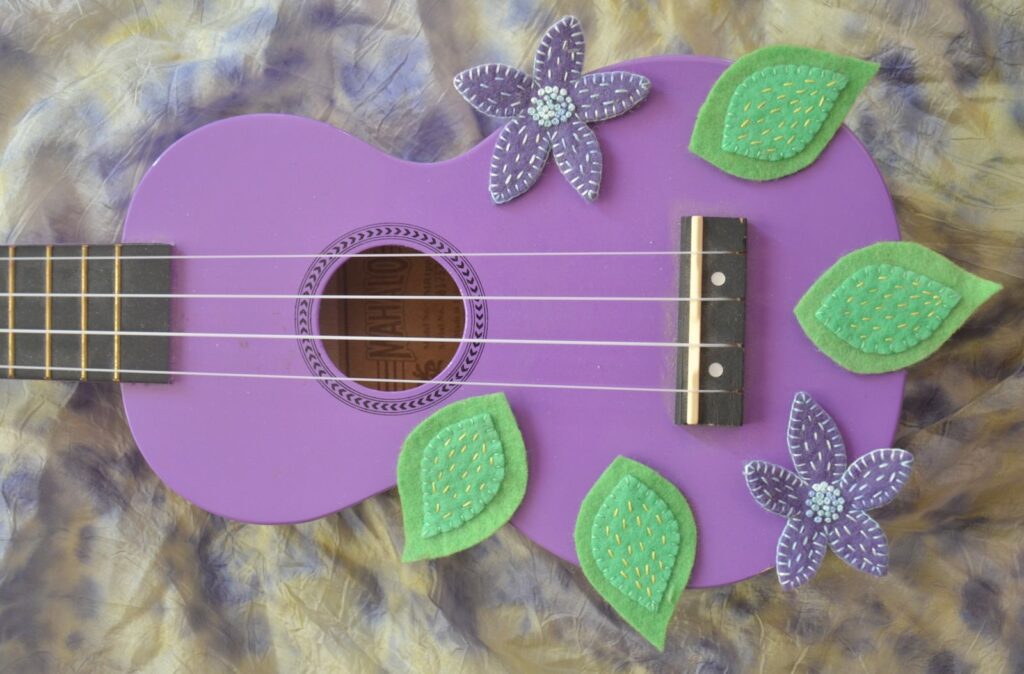 When I first realised my son had a speech delay, I did a lot of things which felt intuitive. I know my study helped, but sometimes my discoveries were kind of accidental – more like stumbling onto something while following a natural instinct to bond with my children. I mention this, because back then I worried I couldn’t be as effective as an expert. With the benefit of hindsight, I see our goofing around was important.
When I first realised my son had a speech delay, I did a lot of things which felt intuitive. I know my study helped, but sometimes my discoveries were kind of accidental – more like stumbling onto something while following a natural instinct to bond with my children. I mention this, because back then I worried I couldn’t be as effective as an expert. With the benefit of hindsight, I see our goofing around was important.
I did make some practical changes. I stopped doing housework during the day and extended my maternity leave. Our lounge room and backyard became the constant stages for imaginative play. I would look at picture dictionaries and try to think about themes. What collection of words was I trying to teach this week? I would find ways to keep using those words, to point those objects out in real life, “Look – it’s a slippery slide!”
When I needed to find ways to teach verbs and prepositions, I set up obstacle courses in the backyard. I would do them with my sons, describing them as we went, placing emphasis on particular words. “We’re crawling between the chairs, we’re hopping over the sandpit, we’re running around the tree!”
I would create piles of things with similar textures and pass them around, pressing them against my cheeks and forearms, “This block is smooth…this book is smooth…this pebble is smooth…”
I would sort the toys according to colour to show the difference between reds and blues. I would sort them again to explain big and little. I found children’s books at the library explaining these ideas too.
When I got stuck, I’d approach public services, where I could access occasional conversations with speech therapists. I would tell them what my son was doing at home and they would provide work sheets, coaching me in what needed to be covered next. They gave me lots of worksheets so I didn’t need to visit regularly. I found Jo Larkins and Sue Larkey’s, “Practical Communication Programmes” and learned about picture exchange communication.
I started playing the ukulele more. One day, while practicing new chords I started to sing,
“Alfie’s climbing on the couch…”Alfie turned towards me and giggles erupted in the lounge room.
Describing my children in song became part of our routine. I built on the idea and started retelling our days at bedtime.
“There were once two boys called Alfie and Evan who woke up, got out of bed and went to the lounge room. Evan read a book from the shelf. Alfie built a tower from Duplo. Hmmm, I’m trying to remember what happened next?”
Sometimes they would remind me.
Reading picture books was wonderful and important, but there was something extra happening during these re-tellings. My sons were intensely interested. We had created a game. They would laugh raucously as we shared a memory, their faces beaming.
As my son learned to read, it made a big difference too. After some Internet research, I discovered Pelican Talk resources and though I’d been reluctant to use Apps, (because screen-time was often followed by long meltdowns) we started Rainbow Sentences, and he made dramatic improvement.
When my son became eligible for speech therapy, his therapist would assign him visual resources and activities which explained more complicated ideas and I was grateful to have access to that support.
To me, his unique phrasings were beautiful, but I could see his frustration when he was poorly understood. So, I asked his therapist, “Do you think there will be a point when he irons out these bumps?”
“Yes I do…he’s getting there…he’ll work it out…” she reassured me.
When he was nine, he graduated from speech therapy, having caught up to his peers.